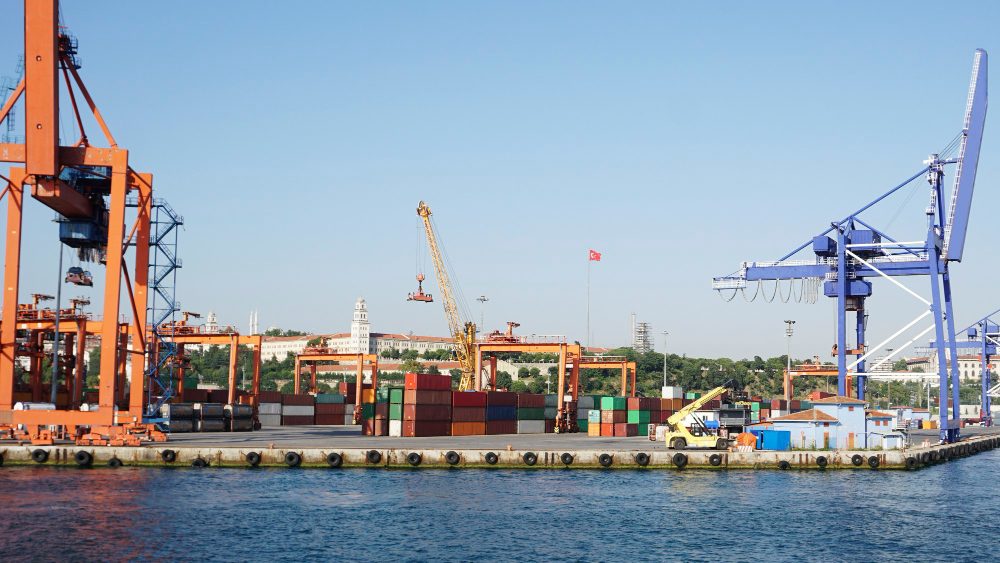SINGAPORE: The city-state is on the brink of transforming its western port of Tuas into the world’s most advanced, fully automated maritime hub. As part of its strategy to remain at the forefront of international trade, Singapore is consolidating its other ports into a massive facility incorporating cutting-edge artificial intelligence (AI) and automation technology. According to a recent report from Nikkei Asia, this ambitious project is designed to boost Singapore’s capacity, enhance efficiency, and secure its place as a critical node in global trade.
Automation in action
A recent visit to Tuas Port offers a surreal glimpse of the future. On a typical weekday, the port’s vast stretches are almost entirely devoid of people, yet automated guided vehicles (AGVs) zip across the landscape. These driverless yellow vehicles, travelling up to 25 kilometres per hour, are monitored and operated remotely through RFID systems. Their movements are tracked via underground transponders, allowing for precise management without the need for human intervention.
The AGVs run for six to eight hours on a single charge, thanks to 20-minute charging sessions at fully automated stations scattered across the port. This system ensures that operations can continue around the clock without the need for manual labour, marking a significant leap towards an efficient, 24/7 port environment.
Reinforcing Singapore’s trade powerhouse
With its history as a key trade hub bridging East and West, Singapore continues to cement its place in global maritime trade. In 2024, the country handled a record 41.12 million TEUs (twenty-foot equivalent units), underscoring its vital role in the world’s supply chain. While it ranks behind Shanghai in terms of cargo volume, the ongoing expansion of Tuas Port is set to catapult Singapore’s capacity to 65 million TEUs by the 2040s.
This expansion is not just about scale. The Tuas Port project also addresses the changing demands of modern port operations, including environmental, security, and technological challenges. Automation and AI are expected to play a pivotal role in reducing human intervention, while a newly introduced AI-powered “Next Generation Vessel Traffic Management System” will help monitor real-time traffic and prevent congestion.
A greener, smarter port
As part of Singapore’s commitment to achieving net-zero greenhouse gas emissions by 2050, the port is embracing electrified equipment like AGVs, which help cut carbon emissions by about 50% compared to traditional diesel-powered systems. PSA International, the government-backed operator, is also collaborating with startups to innovate further, aiming to commercialize intellectual property and advance technological developments through research partnerships.
Prime Minister Lee Hsien Loong’s 2022 declaration that “Tuas will be the port of the future” encapsulates Singapore’s ambition. The port will not only serve as a logistical marvel but also as a critical piece of the nation’s strategy to remain a leader in global trade amidst the shifting dynamics of the international shipping landscape.
As regional ports in Southeast Asia, such as those in Malaysia, Thailand, and Indonesia, begin expanding in response to growing trade tensions and the relocation of manufacturing from China, Tuas Port stands ready to secure its position at the heart of the evolving global supply chain. With automation, sustainability, and AI driving its future, Tuas Port is poised to be the maritime powerhouse of tomorrow.

